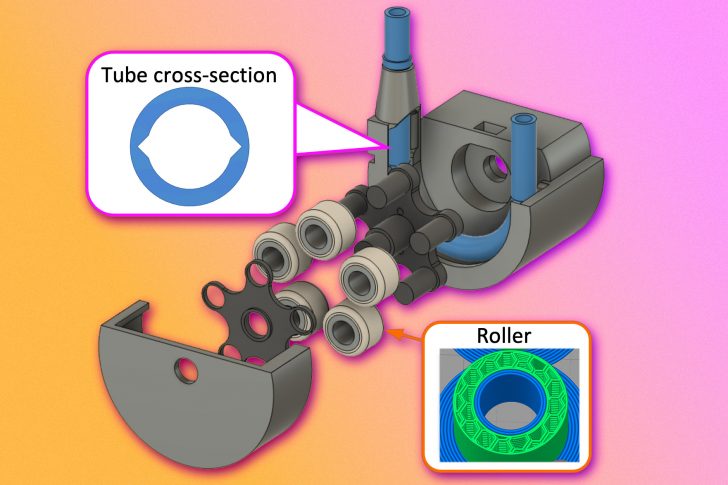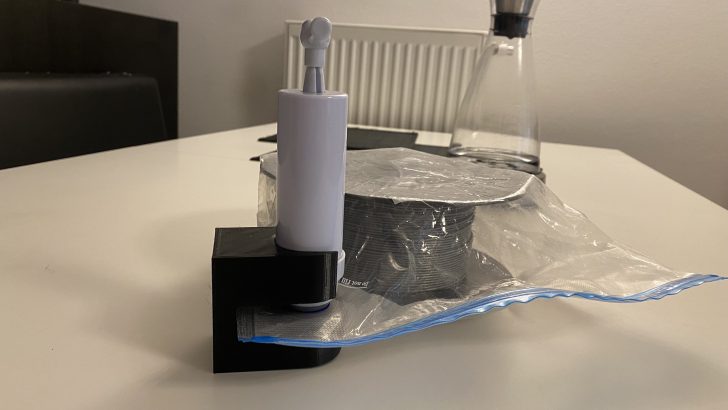Scientists from the Massachusetts Institute of Technology (MIT) have achieved an unprecedented breakthrough – they have successfully 3D printed a human-fist-sized vacuum pump. This device could be the key component for a portable mass spectrometer.
Eventually, this allows remote locations to measure pollutants, perform medical diagnoses, and test Martian soil, all with ease and in an affordable way.

ABC News | Mass spectrometers are very tiny analyzers that are used to detect pollutants and toxins.
What Is Mass Spectrometry?
Mass spectrometers are extremely precise chemical analyzers that can be used for a range of applications. It could be either evaluating the safety of drinking water or detecting toxins in a patient’s blood. Using this technology has many benefits, including allowing quick and accurate testing in a variety of locations.
However, building an inexpensive, portable mass spectrometer has been challenging for scientists - until now. With the help of 3D printing technology, MIT researchers have found a way to make a device small enough to carry but still powerful enough to perform all the necessary measurements.
How Does This Technology Work?
The vacuum pump enables the mass spectrometer to work by creating a vacuum inside its chamber so that only particles of interest can be measured accurately. This is done by drawing air out of the chamber and preventing dust or other materials from entering it and interfering with readings.

Cults 3D | The Massachusetts Institute of Technology (MIT) researchers suggest that this latest technology will ease the mass spectrometry process.
However, the newly-developed vacuum pump weighs in at just over one pound and measures roughly four inches in diameter. It is made up of five 3D-printed layers that are stacked together and sealed with a special sealant. Thus, the device can generate a vacuum pressure of more than one atmosphere, which is the same amount used commercially for mass spectrometry.
What Benefits Does This Technology Offer?
By enabling mass spectrometry in remote locations, this technology could help monitor pollutants, diagnose medical conditions, and even test Martian soil for interesting organic compounds. All without having to transport bulky or expensive equipment. In addition, it could become an invaluable tool for environmental monitoring and research on other planets.

CNN | Reports from MIT researchers suggest that this latest innovation can help with medical diagnosis in remote areas and assess pollutants.
Thus, this breakthrough represents a major step forward in developing portable mass spectrometers. And could potentially revolutionize the way we conduct research in remote or difficult-to-access locations. Similarly, it also shows how 3D printing technology can be used to create small and powerful devices, thereby paving the way for a range of new possibilities.
The Final Word
The development of this miniature vacuum pump is an important milestone in the field of mass spectrometry, thereby offering an affordable and convenient way to deploy portable spectrometers anywhere in the world. Likewise, it demonstrates just what is possible with 3D printing technology: Enabling us to create powerful yet small devices to take anywhere.
Thus, this breakthrough opens up a range of exciting new possibilities for testing, monitoring, and research in any location.











